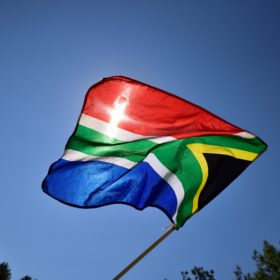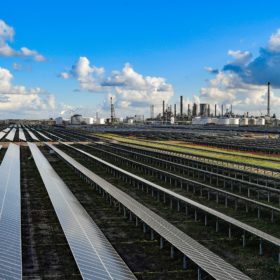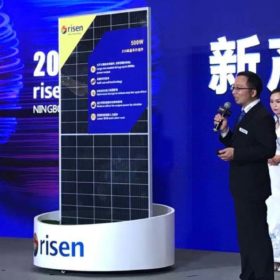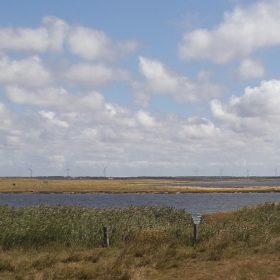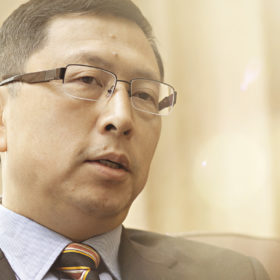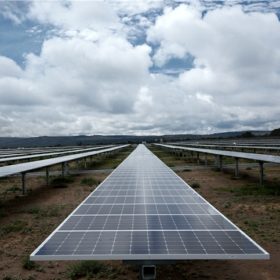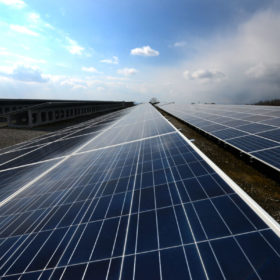South Africa moves forward with 2 GW tech-neutral procurement
The country’s energy regulator published two papers this week to solicit public feedback on plans that Mineral Resources and Energy Minister Gwede Mantashe recently submitted for review. The first document relates to the tech-neutral procurement of 2 GW of short-term risk-mitigation capacity, which could see solar emerge as a winner due to its quick deployment times. The second paper is linked to the nation’s Integrated Resource Plan 2019, which aims for up to 6 GW of new large-scale solar by 2030, as well as an additional 6 GW of distributed-generation capacity.
Covid-19: Dutch developers want 2020 deadlines delayed
Netherlands trade body Holland Solar has asked the Ministry of Economic Affairs and Climate Policy for an extension of grid-connection deadlines for solar projects being built under the SDE+ incentive program for large scale renewables. The association also urged Dutch municipalities to keep processing permits.
‘First shipment of 500 W modules’ announced
Chinese manufacturer Risen Energy will supply Malaysia’s Tokai Engineering with 20 MW of its new panels, unveiled in December. Risen claims its products can help reduce balance-of-system project costs by 9.6% and the levelized cost of energy by 6%.
Tender launched for 4.5 MW of solar in Barbados
The Barbados Water Authority is seeking proposals for three PV plants for a total 4.5 MW of generation capacity plus a 2 MW micro turbine. The installations will power pumping stations.
The US added 13.3 GW of solar in 2019, beating new wind and gas capacity
According to data released by analyst Wood Mackenzie and the Solar Energy Industries Association, the U.S. added more than 2.8 GW of residential solar last year. Cumulative operating PV capacity now tops 76 GW.
Danish fjord to host 400 MW of solar
The Danish Energy Agency says there will be large scale PV projects in the Nissum Fjord area. One of the projects, under development by Better Energy in the municipality of Holstebro, has a planned generation capacity of 206 MW.
Financing deal announced for 151 MW of PV in Italy
Despite the country’s difficult struggle with the COVID-19 outbreak, the Italian solar market is sending some encouraging signs. Italian lender Intesa San Paolo has awarded a €55 million credit facility to Canadian Solar for a portfolio of 12 unsubsidized solar projects.
Big solar+storage project linked to hydrogen production in Spain
Spanish utility Iberdrola plans to link a 100 MW/20 MWh solar-plus-storage plant to hydrogen production in Puertollano, in southern Spain. The project will require an investment of up to €150 million euros and will be one of the largest installations of its kind in Europe.
EnBW starts working on 187 MW unsubsidized PV plant in Germany
The utility will build the project this year on 164 hectares of land just outside of Berlin. It will be the largest solar park to be constructed outside of Germany’s incentive scheme for solar and renewables.
Solar growing faster than expected in Sweden
The Swedish Energy Agency this week said solar power supplies will increase from 400 GWh in 2018 to 1.7 TWh in 2022. Total energy supply in the country is expected to decline from 551 TWh to 526 TWh in the 2019-22 period, due to the shutdown of several nuclear power plants.
